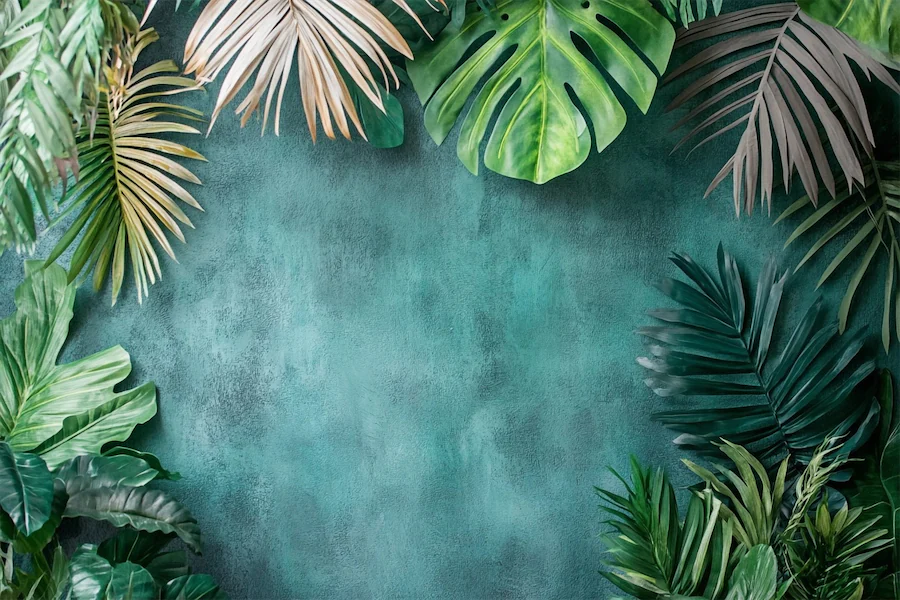Tropical architecture focuses on creating structures that harmonize with the warm, humid climates of tropical regions. A critical component of this design approach is the construction and treatment of walls, which play a significant role in regulating indoor temperatures and ensuring comfort.
Key Features of Tropical Walls
- Material Selection: Utilizing lightweight materials for wall construction is advantageous in tropical climates due to their thermal properties. Materials such as wood, bamboo, and certain types of treated timbers are preferred because they cool down rapidly, creating a more comfortable environment, especially at night. In contrast, heavy materials like concrete and masonry tend to retain heat longer, which can lead to warmer indoor conditions.
- Ventilation and Airflow: Incorporating operable windows or strategically positioned openings in walls facilitates cross-ventilation and natural airflow. This design approach effectively reduces humidity levels and improves indoor air quality, which is essential in tropical environments.
- Shading Devices: Implementing shading strategies, such as overhangs, louvers, or vegetation, protects walls from direct sunlight, thereby reducing heat gain. Proper shading not only enhances thermal comfort but also contributes to the longevity of the building materials by shielding them from harsh weather conditions.
- Insulation and Thermal Mass: While lightweight materials are generally preferred, the use of materials with appropriate thermal mass can help in stabilizing indoor temperatures. The key is to balance thermal mass and insulation to prevent excessive heat retention. In some designs, cavity walls or double-layered walls with an air gap are used to enhance insulation.
Applications of Tropical Wall Designs
- Residential Buildings: Homes in tropical regions often feature walls constructed from materials like timber or bamboo, combined with large openings to promote ventilation. Shading devices are commonly integrated to protect living spaces from direct sunlight.
- Public and Commercial Structures: Buildings such as schools, offices, and marketplaces utilize similar principles, incorporating breathable materials and designs that facilitate airflow to ensure comfort for occupants.
Considerations When Choosing Tropical Wall Designs
- Climate Responsiveness: Designs should be tailored to the specific climatic conditions of the area, considering factors like humidity, rainfall, and temperature variations.
- Sustainability: Selecting locally sourced, renewable materials not only reduces environmental impact but also supports the local economy.
- Maintenance: Materials should be chosen based on their durability and ease of maintenance in tropical conditions, where issues like mold and decay can be prevalent.
Conclusion
Tropical wall designs are integral to creating comfortable and sustainable living environments in warm, humid climates. By thoughtfully selecting materials and incorporating design elements that promote ventilation and shading, architects can develop structures that are both functional and harmonious with their natural surroundings.
